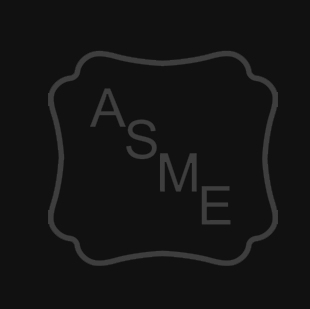In recent years, metal fabrication has experienced technological advances that have greatly improved precision metal cutting. Aerospace, agriculture, construction, and contract manufacturing, military and defense contractors, mining, and original equipment manufacturers (OEM) all rely on metal cutting and fabrication to complete projects.
There are several precision metal cutting techniques available and each offers its own advantages, which makes choosing the appropriate method imperative for producing a quality finished product. The primary methods that Quest-Tech utilizes include punching & laser cutting.
Punching
Punching is a metal cutting process used to create cutouts and holes of various shapes, sizes, and dimensions in a metal sheet. The process is accomplished through a shearing force that removes material from the sheet of metal leaving a square, rectangle or another desired geometric design.
A punch press is a machine that shapes and cuts metal as it passes under a press and is ideal for mass production. The process requires a punching press, punch tool, die in the shape of the feature, and the stock of metal sheet. Using Computer Numerical Control (CNC), the metal piece is positioned on a conveyor between the punch above and the die beneath to perform the cutting action.
Punched metal may leave burrs around the edges that need to be smoothed in a secondary finishing operation, but overall the cut itself is precise. The metal sheets commonly used in punching vary depending on the application, but can include:
● Aluminum
● Carbon Steel
● Copper
● Galvanized Steel
● Stainless Steel
Laser Cutting
CNC laser cutting has proven to be one of the most efficient and cost-effective choices for precision metal cutting. In design and application, laser equipment is unique from other cutting machines, the most obvious difference being that the laser does not come into contact with the metal being cut. Instead, a high-energy powered beam of light performs the cutting action through an automated program. Lasers operate through a concentrated stream of photons that cut and trim the material away to produce a specific design by essentially melting or vaporizing the target material with the beam, all while being aided by air or assisted gas to help remove the cut material.
Laser cutting is very effective, is highly accurate with tight tolerances, and is used on a wider range of material thicknesses, depending upon profile requirements and features. When a material is too thick to be punched, the laser can come into production and can cut material up to 1 / 2” thick material, with material reflectivity affecting the upper limit of what can be cut. The focused beam can cut exceptional intricate shapes into the metal. It’s excellent for cutting various grades of steel, like carbon steel and stainless steels. On the other hand, light-reflective or heat-conductive metals like aluminum, or some grades of stainless steel require specific modifications.
Once piercing the material, the beam will cut with precision and accuracy, all the while providing an exceptionally smooth finish. As a result, it can cut more complex designs and shapes, and trim materials to exact specifications better than typical punch presses.
In addition to the in-house cutting options, Quest-Tech utilizes trusted local sub-contractors for both Plasma Cutting & Waterjet Cutting.
Plasma Cutting
Plasma cutting allows for cutting thin and thick sheets of metal. Cutting is achieved through a localized, accelerated jet of hot plasma with air or assisted gas which allows for clean, even cuts without distortion or warping. Commonly worked materials include:
● Aluminum
● Brass
● Copper
● Steel
● Stainless steel
The plasma cutting process allows for faster production speeds, low costs, and precise cuts across wide-ranging applications. Plasma has very good speed, however not as accurate as either laser or waterjet.
Waterjet Cutting
Versatile and efficient, waterjet cutting produces a clean cut with a tight tolerance while needing almost no machining to prepare the metal. The process creates an intense cutting stream by focusing a jet of water (with or without added particulates) at high velocity and pressure through a small orifice, often made of precious stone.
The general pressure for waterjet cutting is between 60,000 psi and 90,000 psi to produce the energy required for a precise cut. The focused stream moves at a velocity of up to 3 times the speed of sound, depending on how the water pressure is exerted. Waterjet is very quick and can cut through thicker material, however not as accurate as a laser. It is ideal for cutting a range of standard and exotic metals such as:
● Aluminum
● Bronze
● Copper
● Stainless steel
● Titanium
● Tungsten
Quest-Tech is proud to offer a wide array of precision metal cutting options to accommodate project requirements across industries. To learn more about our metal cutting capabilities, please contact our experienced team today.



